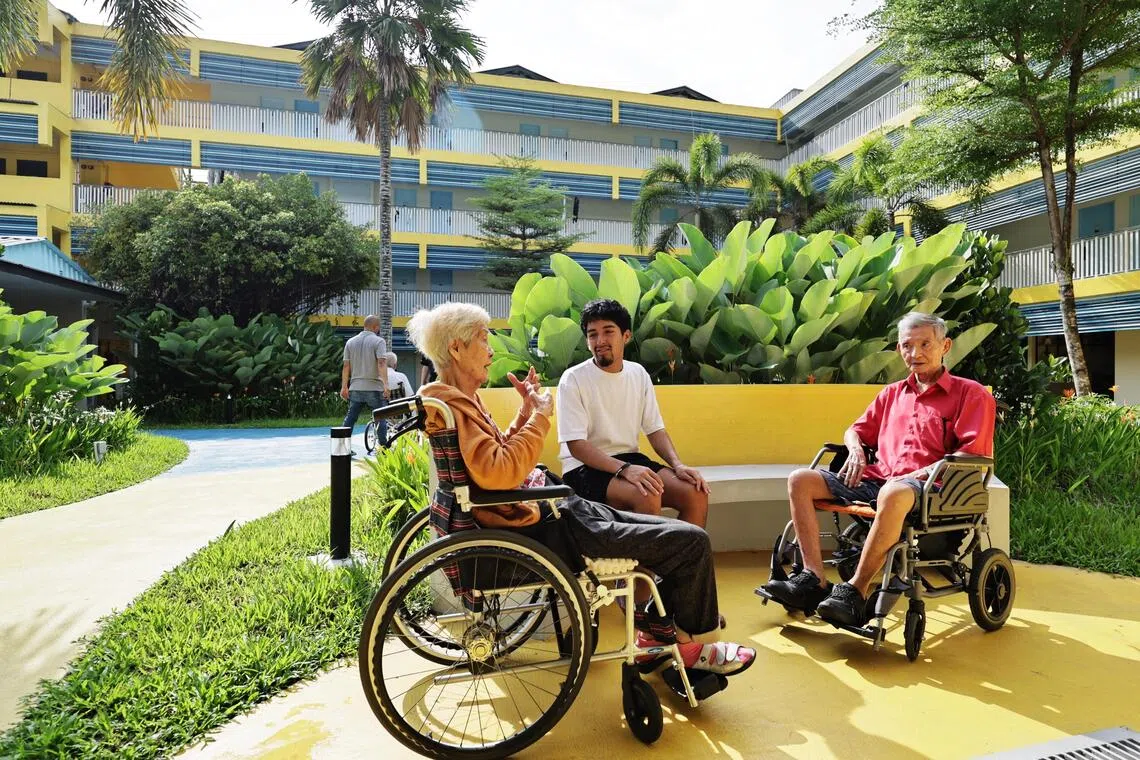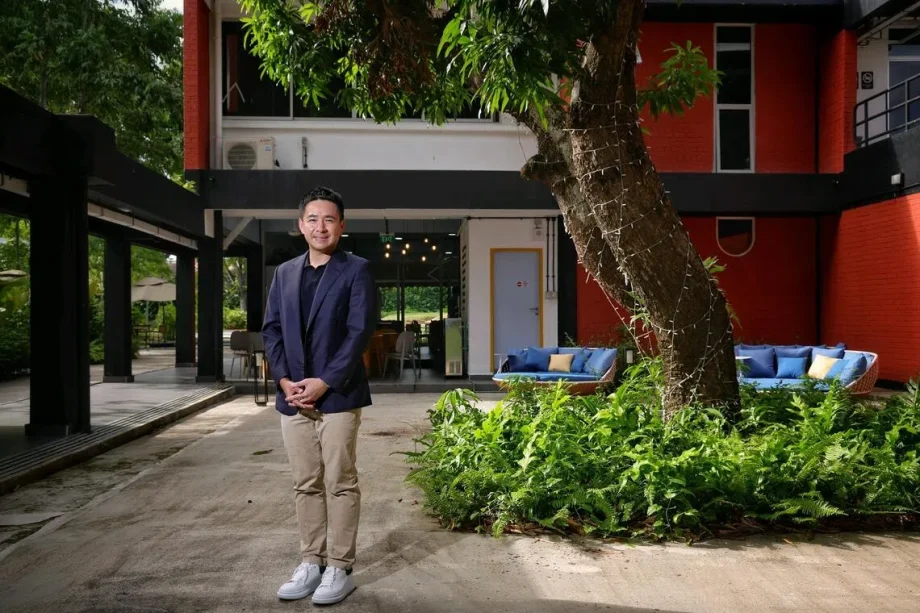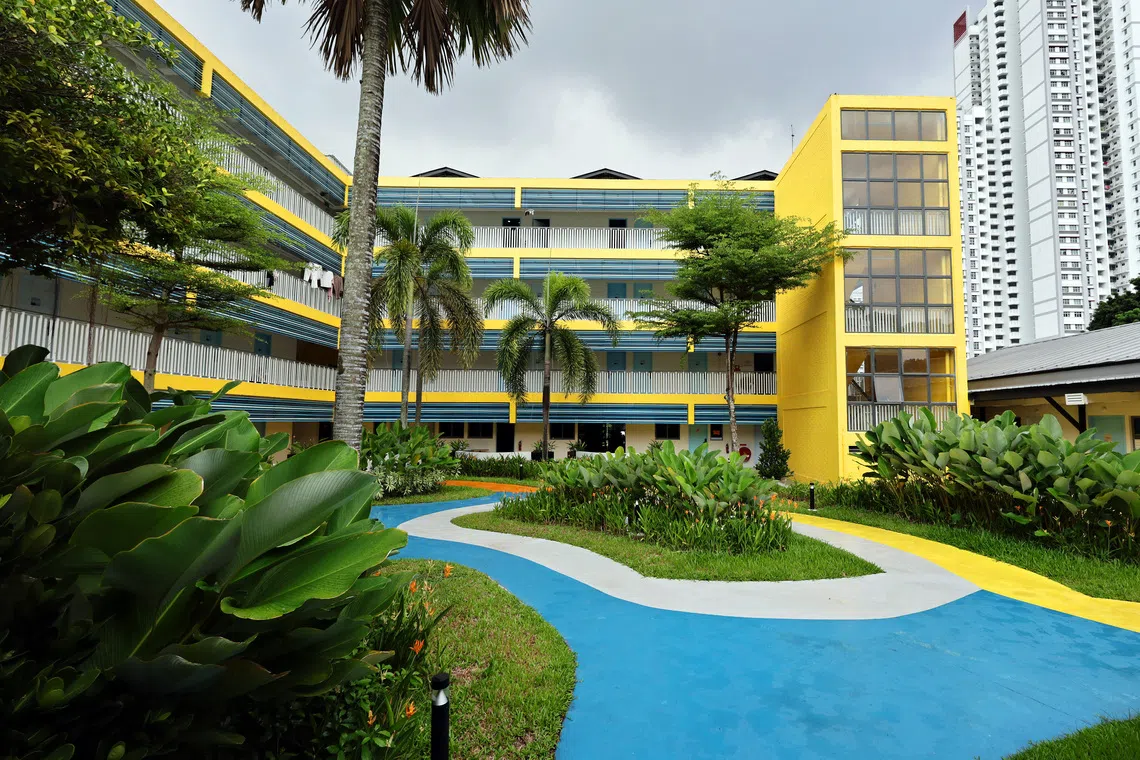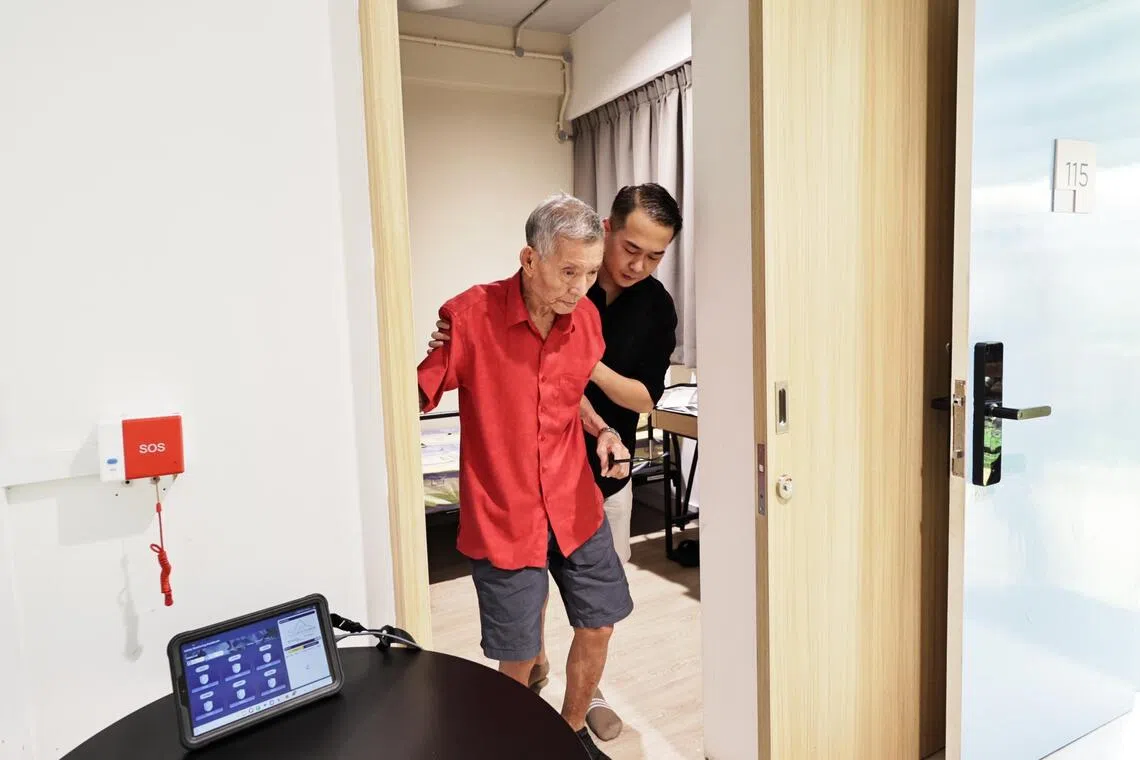SINGAPORE – Singapore’s ageing population and limited land supply are fuelling demand for new housing options for seniors. Yet, many people here still fear the social stigma of putting their parents in eldercare homes, seeing it as going against deeply held family values.
But if Singapore can normalise the idea of seniors living in dedicated homes or communities, ageing gracefully could become much easier.
One promising approach is a mixed-age, co-living model, or what Mr Eugene Lim, chief executive of co-living operator The Assembly Place (TAP), describes as intergenerational co-living.
At the heart of this concept is the belief that seniors deserve to enjoy life in their later years, but happiness cannot come from being surrounded solely by their peers, as is the case for nursing homes, assisted living facilities and even retirement villages.
Instead, the key to a fulfilling home for seniors is for them to live alongside younger generations, creating a vibrant, positive community.
If successful, this new model of living could fill a significant gap in the eldercare market, Mr Lim told The Straits Times in an interview.
The way he sees it, intergenerational co-living could reshape perceptions about senior housing in Singapore.
By pairing seniors with younger residents, the model could show families that their parents are not being “put away” but are instead part of a vibrant, mixed-age community that supports active, dignified ageing.
“Singapore’s ageing population is everyone’s responsibility, myself included. If a co-living operator can take away the guilt that families feel about putting their parents in a home, I think we can solve this big issue in society,” he said.
TAP – which provides accommodation that blends private rooms with shared common areas for people who prefer flexibility, community, convenience and affordability – has already started offering co-living spaces for intergenerational tenants.
At Commune on Henderson, a repurposed primary school site, 10 seniors now live together with around 100 students aged 18 to 25 under one of the first such living arrangements in Singapore.
“When senior citizens come into our space, I want them to feel good. And naturally when they see young people around them, they feel young as well,” Mr Lim said.
“At the same time, we want their children, the original caregivers, to feel happy about sending them here because it is no longer taboo to do so.”
The residential facility has all the amenities and personnel required for eldercare, including a 24/7 station staffed by a roster of eight full-time nurse aides, in a partnership with Crawfurd Silver Care – the geriatric care arm of private hospital Crawfurd.
What distinguishes Commune from other purpose-built eldercare homes is its primary objective of promoting active ageing by living in a diverse community.
Seniors who live there do not require the full-fledged services of a nursing home, and tend to prefer an independent living environment that is supported by lifestyle amenities and basic healthcare services.
At Commune, residents are more than just neighbours – an important part of its culture.
With the help of the property’s facilitators, who organise regular social mixers, young people and seniors are encouraged to mingle with one another instead of staying within their own circles for the duration of their stay.
a 69-year-old resident who used to be a bank executive was asked to share her banking experience
with four student residents who are reading banking, finance and business management.
Mr Lim hopes that this enriching and fulfilling aspect of his co-living model will attract more senior residents and carve out a new niche in the co-living and eldercare space.
He compared his concept with a workplace where younger and older employees can learn from working with one another, creating a healthy atmosphere in the office.

Mr Julenio Reinoso (middle), a student living at Commune, having a conversation with elderly residents Florenz Pang, 94, and Peter Lai, 84.
ST PHOTO: KELVIN CHNG








